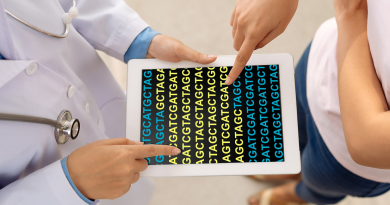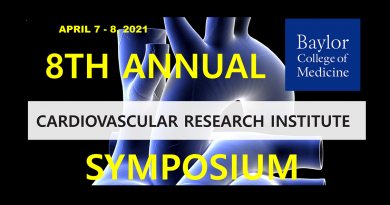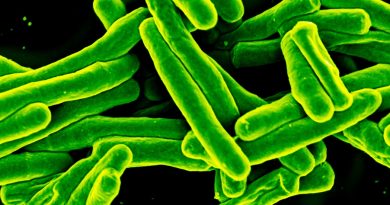Researchers discover a vulnerability of acute myeloid leukemia
Acute myeloid leukemia (AML) is an aggressive blood cancer that causes uncontrolled accumulation of white blood cells. Because of the poor outcomes of this disease, researchers across the globe have been on the hunt for new ways to treat AML, while preserving normal blood development.
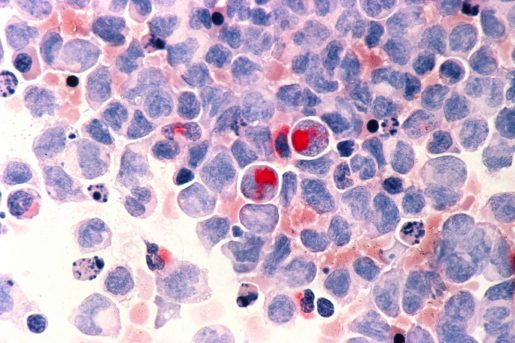
“Our project set out to better understand a vulnerability in AML that could be exploited to treat the disease with a class of experimental drugs,” said corresponding author, Dr. H. Courtney Hodges, assistant professor of molecular and cellular biology and member of the Dan L Duncan Comprehensive Cancer Center at Baylor College of Medicine.

The researchers at Baylor and collaborating institutions report in the journal Cancer Research that these drugs target a protein complex called SWI/SNF, which many cells use to make DNA more open and accessible. DNA accessibility heavily influences gene expression by controlling what is known as the epigenetic state of the cell.
In the course of the study, the scientists also discovered important mechanisms related to SWI/SNF. “We found that AML cells hijack a gene regulation program that involves SWI/SNF and another protein called PU.1. This program is normally used to make healthy white blood cells,” said first author Courtney Chambers, a graduate student in the Hodges lab.
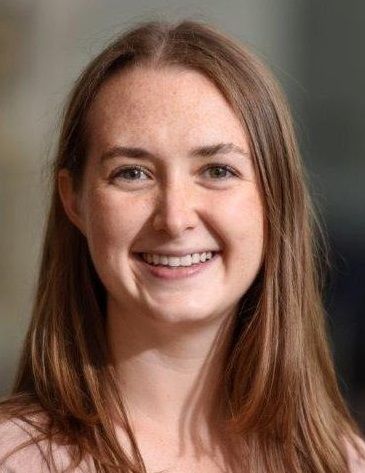
“Think of each cell’s DNA as a huge labyrinth with many doors behind which are genes that contain instructions on how to make proteins,” Hodges explained. “Most of these doors do not lead to genes of interest to a blood cell, so these cells need a way to know which doors lead to the specific genes they need. Here is where PU.1 plays a role.”
“We found that PU.1 flags the doors that lead to genes of interest to certain blood cells,” said Chambers. “In the case of AML cells, these flags mark genes that promote growth of AML, called oncogenes. PU.1 tags the doors but cannot open them, so SWI/SNF comes along.”
SWI/SNF is a protein complex that mediates access to DNA. After PU.1 tags a site of interest, SWI/SNF steps in and opens that door allowing expression of the oncogenes that sustain AML. The team found that some AML samples are much more dependent on this mechanism than normal blood cells.
Importantly, the researchers also discovered that drugs that block SWI/SNF’s ability to open the door to gene activation in AML halt tumor growth by interfering with the expression of these oncogenes.
The authors show that drugs inhibiting SWI/SNF induce a profound therapeutic response in AML cell lines, animal models and human AML samples.
In animals, this strategy caused rapid regression of the cancer within days. When authors compared their findings against AML cells to normal blood cells, they found that the drug targeting SWI/SNF caused specific changes to blood development. However, these side effects were manageable and quickly reversed after drug treatment. The results support further investigations on the use of this approach for AML.
“It was very exciting to see how effective SWI/SNF inhibitors were to treat AML in animal models,” Chambers said. “The effect was much more profound than we had expected.”
AML is typically very hard to treat. The rapid tumor regression we saw in response to SWI/SNF inhibitors has encouraged us to continue our research into similar vulnerabilities of AML and other cancers,” Hodges said.
The team was also led by co-corresponding author Rachel E. Rau. Other contributors to this work include Katerina Cermakova, Yuen San Chan, Kristen Kurtz, Katharina Wohlan, Andrew Henry Lewis, Christiana Wang, Anh Pham, Milan Dejmek, Michal Sala, Mario Loeza Cabrera, Rogelio Aguilar, Radim Nencka and H. Daniel Lacorazza. The authors are affiliated with one of more of the following institutions: Baylor College of Medicine, Texas Children’s Hospital, Rice University and the Institute of Organic Chemistry and Biochemistry in Prague, Czech Republic.
This work was supported by grants from the Gabrielle’s Angel Foundation, the V Foundation (V2018–003), the Mark Foundation for Cancer Research (20–024-ASP), and the Adrienne Helis Malvin Medical Research Foundation. Further support was provided by a CPRIT Scholarship, grants from the NIH (R35GM137996, R01CA272769, F31AI161906, R01CA207086), the Cancer Prevention and Research Institute of Texas (CPRIT RR170036) and the ASH Bridge Award. This project was also supported by the UTMB Next-Generation Sequencing Core, the BCM Cytometry and Cell Sorting Core (CPRIT RP180672, NIH P30CA125123, and S10RR024574), the BCM Single Cell Genomics Core (NIH S10OD018033, S10OD023469, S10OD025240, and P30EY002520), the BCM Genomic and RNA Profiling Core (NIH S10OD023469), the Texas Children’s Cancer Center tissue repository and the MD Anderson Next-Generation Sequencing Core (CPRIT RP120348).

